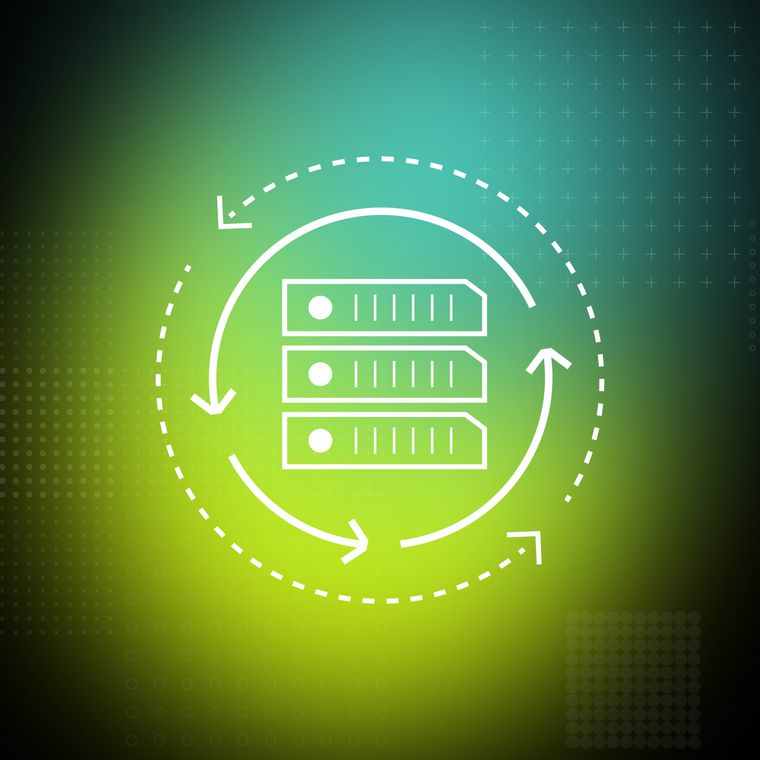Capital One Data Breach: 6 Red Flags Your SOC Might Be Missing Too
Learn from the Capital One breach and uncover SOC blind spots in your organization.
July 20, 2025
In 2019, despite investing heavily in cloud security, Capital One suffered a massive data breach that exposed the personal information of over 106 million customers. The attack occurred went undetected for nearly four months until an anonymous tip alerted the company. What made this breach particularly devastating wasn't just its scale, but how preventable it was.
The Capital One incident reveals a troubling pattern that extends far beyond a single company's security failures. Even organizations with substantial cybersecurity investments can fall victim to attacks when fundamental monitoring gaps allow threats to persist undetected. These blind spots are especially dangerous in today's Security Operations Centers (SOCs).
This example offers valuable lessons for strengthening your security posture. Let's closely examine six critical signs that enabled Capital One's breach to understand what went wrong and how to prevent similar breaches in your organization.
1. Unusual Cloud Access Patterns
Capital One missed critical attack indicators when an SSRF vulnerability allowed metadata service access, resulting in temporary IAM credentials being used from external IPs. The attacker systematically enumerated and downloaded S3 buckets at abnormal speeds, an activity that should have triggered immediate alerts. While logs captured these events, they weren't centralized or correlated, leaving analysts blind to the pattern.
The breach began when an SSRF vulnerability allowed the attacker to query the AWS metadata service, yielding temporary IAM credentials accessed from an external IP. Armed with legitimate tokens, the attacker pivoted and performed systematic S3 enumeration, downloading hundreds of buckets in rapid succession.
To prevent similar breaches: alert on metadata service calls from unexpected sources, flag rapid S3 bucket operations, correlate credential use with IP geolocation, and implement IMDSv2 with token-based authentication.
2. Weak Identity and Access Management (IAM) Controls
The breach was only possible because of overly permissive IAM roles that transformed a firewall misconfiguration into a gateway for massive data theft. After exploiting the SSRF flaw, the attacker assumed a role that could list and download every S3 bucket, far beyond its intended scope. Worse, the compromised role could access both encrypted data and the KMS keys needed to unlock it.
Many organizations start with development-friendly IAM policies that grant broad permissions, but often fail to implement least privilege as applications mature. In Capital One's case, the compromised role had essentially unlimited access when it required only specific read operations.
To close this gap, you need to regularly audit IAM roles, issue time-limited credentials, separate data access and key management roles, and configure alerts for privilege escalation events.
3. Insufficient Network Segmentation
Poor segmentation lets the attacker pivot across resources without resistance. After exploiting the WAF, the intruder used stolen credentials to perform systematic bucket enumeration and siphon data. In a flat cloud network, once an adversary is inside, lateral movement is trivial.
Microsegmentation breaks this chain by isolating workloads into tightly controlled zones and enforcing least-privilege communication. When combined with zero trust strategies, every request must continuously authenticate and authorize.
To harden your environment, implement cloud network microsegmentation, enforce zero-trust access policies, continuously monitor east-west traffic, and apply default-deny rules.
4. Lack of Effective Anomaly Detection
During the breach, the attacker used stolen credentials to list and download entire S3 buckets, an activity that did not match the application's routine traffic. Yet there were no alerts fired. Traditional signature-based tools looked for known malware or blocked IPs, not for systematic bucket enumeration or sudden data spikes.
AI-driven behavioral analytics establish baselines for every user, role, and workload, surfacing deviations in real time. Stream logs into a single analytics layer that flags unusual activities such as rapid bucket enumeration and credentials used from new locations.
The most effective systems incorporate both supervised models trained on known attack patterns and unsupervised learning that identifies never-before-seen anomalies. They analyze not only individual events but also sequences of actions that, together, indicate malicious intent.
Machine-learning models can trigger automated responses, such as revoking tokens, quarantining instances, or requiring step-up authentication.
5. Delayed Incident Response and Forensics
Capital One's four-month gap between the intrusion and discovery illustrates how a slow response can magnify damage. During that window, the attacker quietly extracted data on more than 100 million customers without internal alerts. Detection finally came from an external disclosure, not from the bank's own SOC.
Logs later showed unauthorized AWS activity on March 22–23; however, those indicators never triggered an escalation. A faster investigation would have contained the breach earlier and reduced the volume of exposed information.
To close this gap, implement response processes that operate at cloud speed with embedded automation, maintain 24/7 SOC monitoring with automated alert enrichment, develop cloud-specific incident response playbooks, and run quarterly tabletop exercises. Create specialized playbooks for cloud credential compromise and establish SLAs for different severity levels of security events.
6. Inadequate Logging and Monitoring
For months, the attacker systematically downloaded the contents of an S3 bucket, despite no alerts being raised. The core problem was visibility as CloudTrail events, S3 access logs, and application logs existed in separate systems, preventing the SOC from seeing the complete cyberattack chain.
Organizations often implement different monitoring solutions for each environment, creating data silos that attackers exploit. Capital One had enabled necessary log sources but failed to integrate them into a unified monitoring strategy.
Treat logs as a unified data fabric. Enable comprehensive logging across every cloud account, route streams to a centralized SIEM, deploy analytics that flag suspicious activities, and write logs to append-only storage. Implement CloudTrail with multi-region logging and store logs in dedicated security accounts that production administrators cannot access.
Building a Resilient Security Culture
Missing even one of the six red flags can undo years of investment in tools and talent. Each lapse compounds the next: a single SSRF exploit spirals into credential theft, lateral movement, and months of undetected exfiltration.
The Capital One breach demonstrates that security is not merely a technical challenge but an organizational one. The bank had invested significantly in cloud security but lacked the holistic approach needed to connect disparate signals into actionable intelligence.
Creating a resilient security posture requires technical excellence and organizational commitment. Security teams need executive support to challenge development practices that prioritize speed over safety. The entire organization must understand that security incidents are inevitable; what matters is how quickly they can be detected and contained.
All in all, make sure that you embed continuous improvement into daily operations through regular red-team exercises, routine privilege rightsizing, and proactive cloud configuration scans. Cultivate a mindset where every analyst can escalate anomalies, regardless of their size. Create security champions within development teams who translate security requirements into architectural patterns that prevent vulnerabilities from reaching production.
Remember, modern behavioral AI platforms help surface subtle deviations before they escalate, but their value is maximized only when paired with a culture that acts decisively on every alert.
Related Posts
Get the Latest Email Security Insights
Subscribe to our newsletter to receive updates on the latest attacks and new trends in the email threat landscape.


